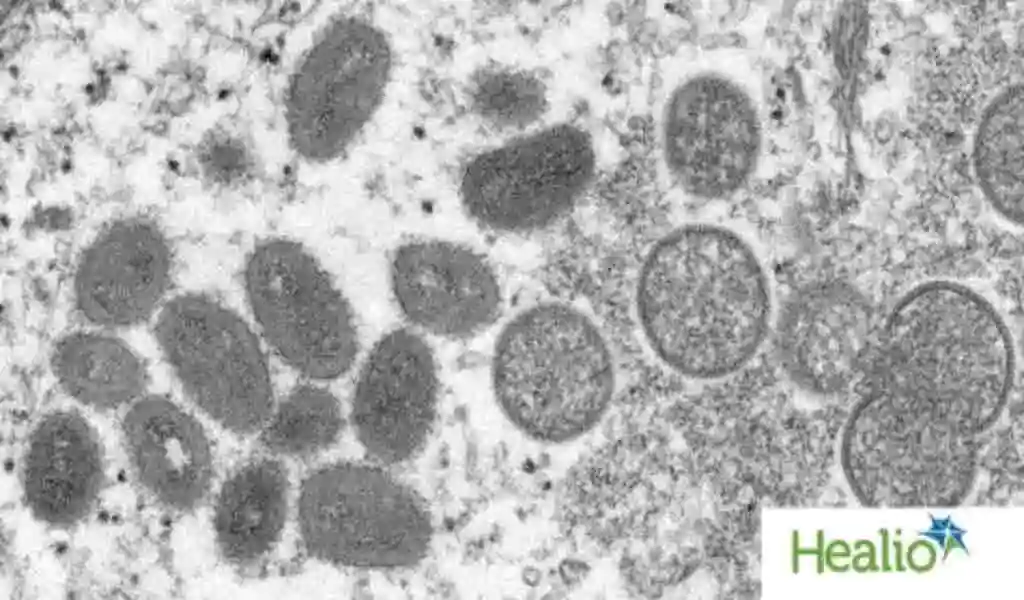Health
Ocular Monkeypox And Needlestick Infections Reported By The CDC

(CTN News) – The Centers for Disease Control and Prevention (CDC) published two monkeypox studies today, one detailing five cases of ocular monkeypox and a case study of a nurse who contracted the disease after a needlestick injury.
Loss of vision is possible
CDC and state researchers found that four patients with ocular monkeypox required hospitalization, and two were HIV-positive. The five patients were all men.
Each patient received tecovirimat (Tpoxx) and trifluridine (Viroptic) topical treatment.
Ocular patients also developed eye redness, pain, discharge, itching, and photosensitivity in addition to the typical body and genital rashes associated with monkeypox.
According to the authors, autoinoculation should be avoided.
“People with should avoid touching their eyes and practice hand hygiene to decrease their risk of autoinoculation,” they stated.
Patients with suspected or confirmed ocular may benefit from prompt ophthalmologic evaluation and medical countermeasures.”
A nurse was infected by a needlestick
An infection in a Florida nurse is the first reported case of monkeypox in the United States during the ongoing global outbreak.
While capping a needle used to swab the monkeypox rash of a patient, the nurse received a needlestick.
The nurse received the first dose of Jynneos vaccine within 15 hours of the accident, but 10 days later she developed a single lesion.
During the next 19 days, the lesion increased in size (remaining 1 cm in diameter) and became pruritic, deep-seated, and umbilicated, then scabbed over, revealing a new layer of skin underneath.
The tecovirimat was not indicated in this case. Tecovirimat was not used in any other cases. No secondary cases were reported.”
It was reported last month that a Brazilian nurse had also contracted via needlestick.
DNA of persistent viruses in urine and sperm
The Guangdong Center for Disease Control and Prevention reports that monkeypox virus DNA persists for an average of 13.5 days in urine, 11.4 days in serum, and 10.6 days in blood.
Nasopharynx swabs retained DNA for 5.7 as well as 13.5 days on average.
269 monkeypox specimens were collected from 62 patients. Infection appears in The Journal of Infection.
For public health strategists to formulate prevention strategies and management decisions, studies are needed specific to the monkeypox virus.
“Expanding the literature would allow human trials on vaccination and treatment to proceed” and so reduce morbidity and mortality of in current and future outbreaks.”
SEE ALSO:
COVID Cases In Gaston County Plummet 14.1%; In North Carolina, They Fall 16.3%






























